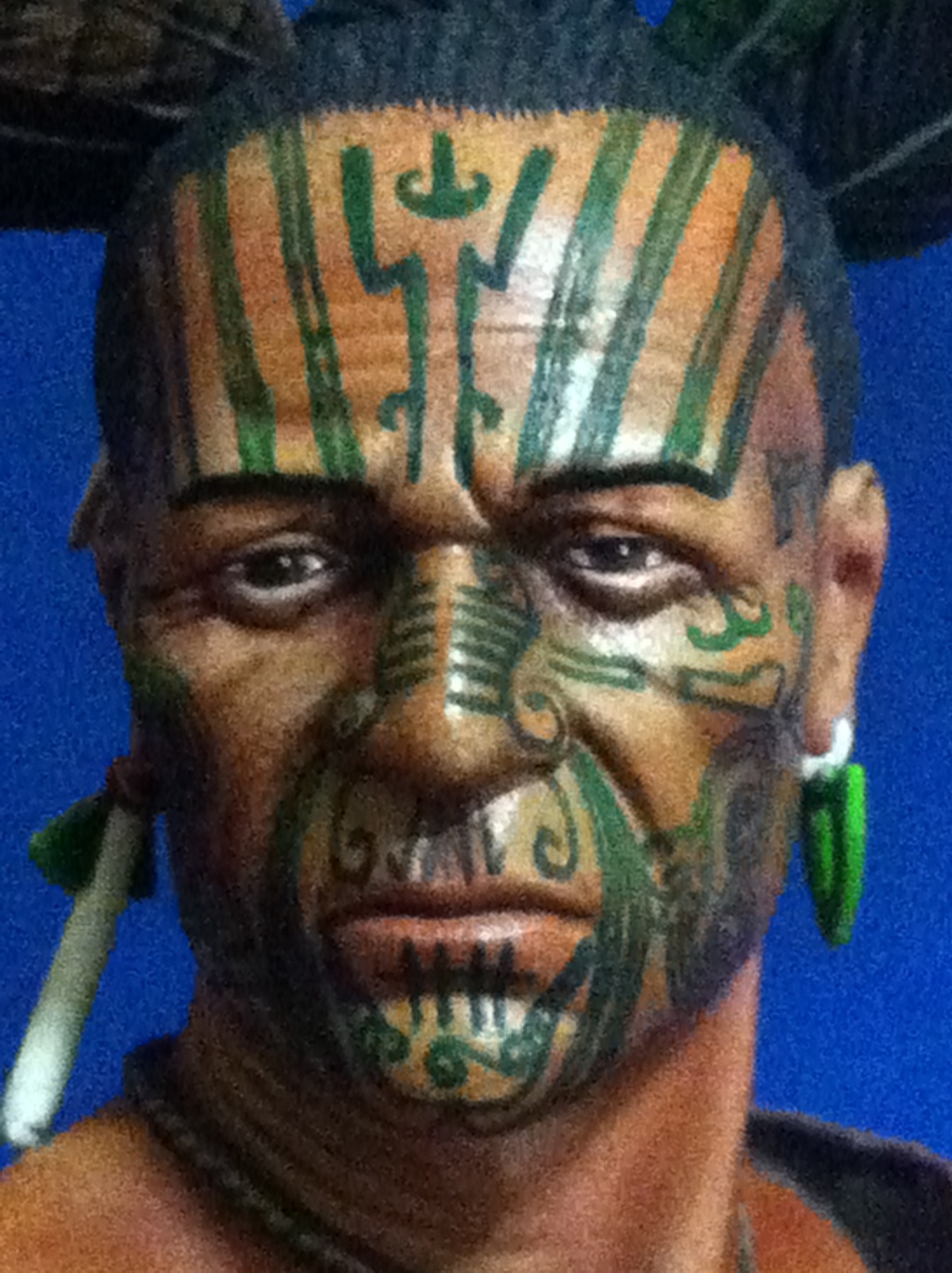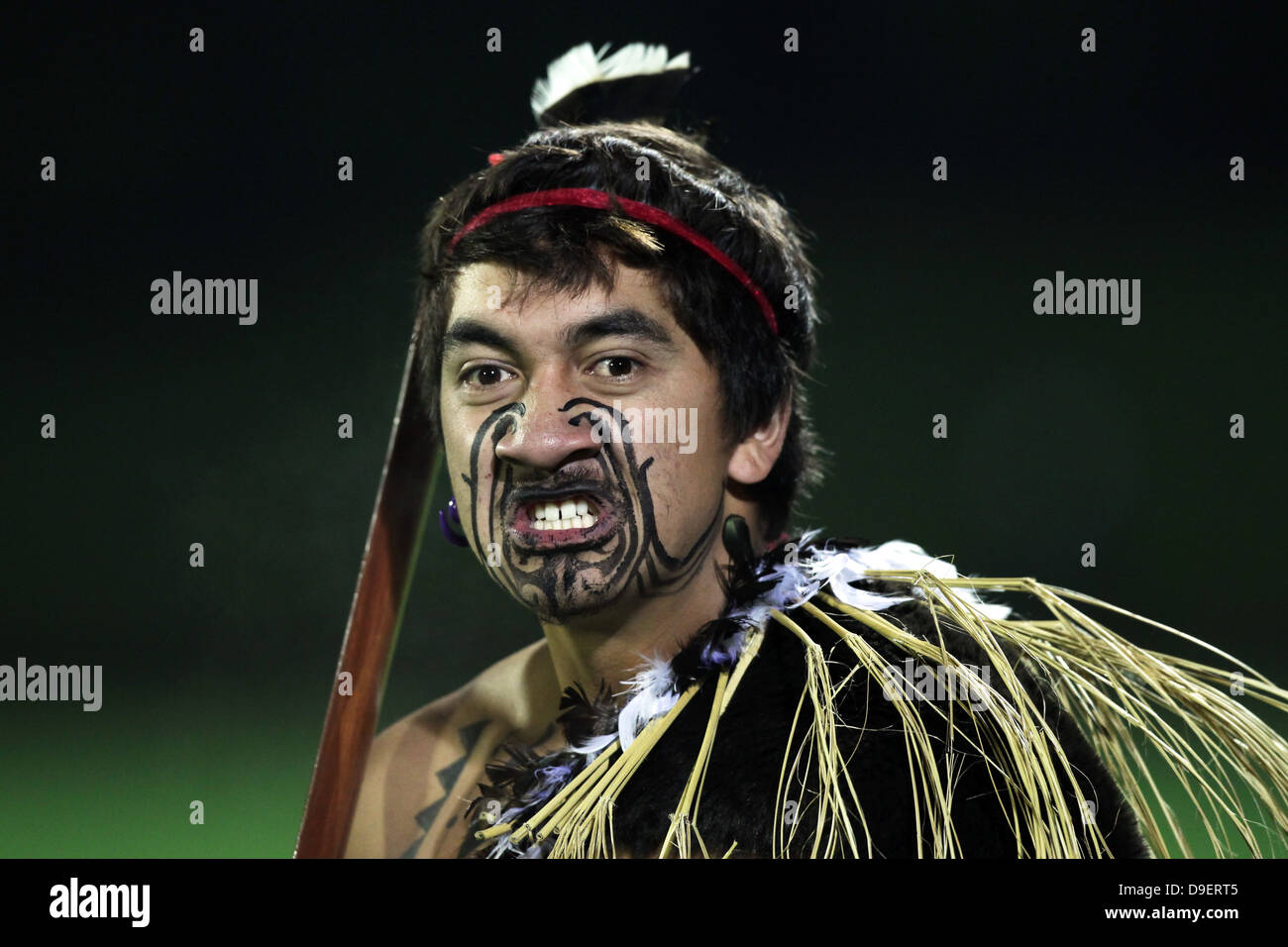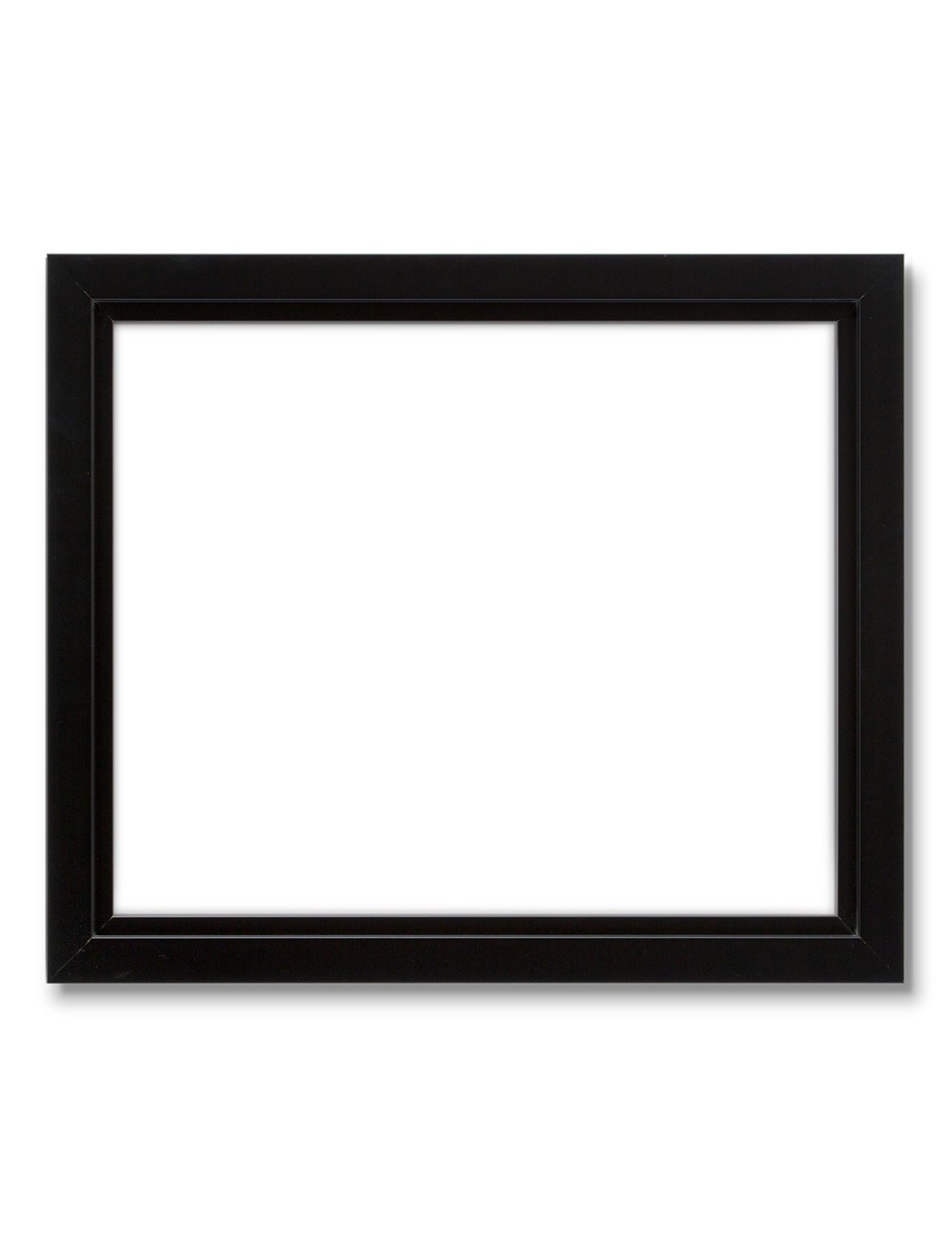
Pinterest • The world’s catalog of ideas
The Māori All Blacks is a historic team representing the proud culture of New Zealand. In 1888 New Zealand Natives was one of the country's maiden national rugby sides, playing Hawke's Bay in their first ever match on June 23, with the Natives winning 5-0.

Māori armed forces honoured at new Waitangi museum Ministry for Culture and Heritage
In the late 1960s, the word "Black," originally an epithet for aboriginal and African people, came to be known as an identifier for people of South Asian descent as well (in various countries across the world). People of Indian descent in places as far as South Africa joined Steve Biko's Black consciousness movement.

Maori man dancing haka Polynesian People, Polynesian Dance, Polynesian Men, Pana Hema Taylor
Other articles where New Zealand Wars is discussed: Māori: The rise of the King Movement:.has sometimes been called the First Māori War), and they were not finally suppressed until 1847, by colonial forces under Gov. Sir George Grey. His victories brought a peace that lasted from 1847 to 1860.

FileTino Rangatiratanga Maori sovereignty movement flag.svg Wikipedia, the free encyclopedia
Boutique propulsée par PrestaShop. Colissimo suivi remis contre signature; Catégories

Maori Tattoo Arm, Polynesian Tattoo Sleeve, Ta Moko Tattoo, Tribal Hand Tattoos, Simple Hand
Māori make up more than 15% of the New Zealand population - more than five times larger than the Aboriginal Australian or Native American share of their national populations - meaning Māori are in.

Maori Warrior by Tony Dawe · Putty&Paint
Hamilton was a captain during a series of bloody battles between British and Maori forces amid the New Zealand wars of the 1800s.. looking at the issues raised by the Black Lives Matter.

Young Maori Warrior Stock Photo Alamy
It wasn't until a Māori renaissance in the 1970s, a protest movement influenced by Black and Native American agitators in the United States, that the British monarchy and New Zealand government.

Maori People
A small group of Maori radicals, called Black Unity, who ran the Polynesian Resource Centre were accused of antitrade unionism and racism and, consequently, were evicted from the Auckland Trade Union Centre with the assistance of the New Zealand police.

Anglo Maori Wars Civilians Elite Miniatures Australia
Background. In the 1970s, unresolved disputes over the inequitable sharing of power and privilege, economic and educational marginalisation (Smith Citation 1999b), combined with the continued loss of Māori land, culminated in Citation 1984 when Donna Awatere's book, Māori Sovereignty, challenged the core of New Zealand society and questioned the framework on which it was built (Fleras.

What Makes the All Blacks So Indomitable? It’s in Their DNA. The New York Times
Compared with Pākehā, Māori are six times more likely to be handcuffed, 11 times more likely to be subdued with pepper spray, six times more likely to be batoned, nine times more likely to have.

On this day in 1869 New Zealand Wars Maori leader Titokowaru's conflict ended with the last
Page 8 - Māori and the war. Wiremu Pere. Many Māori supported New Zealand's involvement in the South African War and some were willing to enlist. Although Māori were officially excluded from service in South Africa, a number of men got around this prohibition. New Zealand Premier Richard Seddon initially proposed to the Colonial Office.

Maori Noir mat format 30
Filipaina said images of police brutality in the United States and the killing of black man George Floyd were a stark reminder of the perils of sworn officers using excessive force.

FilePSM V42 D805 Tattooed maori chief.jpg Wikimedia Commons
Second World War. Māori took part in all the armed forces during the Second World War, most notably in the 28th (Māori) Battalion. The battalion was organised on tribal lines, and fought in Greece, Crete, North Africa and Italy. More than 3,600 Māori served in the battalion. Its casualties were almost 50% more than the New Zealand average.

WAITANGI, NEW ZEALAND FEBRUARY 05 New Zealand Defence Force personal perform a haka during Te
Black is a term that refers to people of African descent, often used to describe the African diaspora and the struggles that come with it. Maori, on the other hand, refers specifically to the indigenous people of New Zealand and their unique culture and history.

Polynesian Forearm Tattoo, Maori Tattoo Arm, Half Sleeve Tribal Tattoos, Tribal Forearm Tattoos
The New Zealand Army ( Māori: Ngāti Tūmatauenga, "Tribe of the God of War " [2]) is the principal land warfare force of New Zealand, a component of the New Zealand Defence Force alongside the Royal New Zealand Navy and the Royal New Zealand Air Force .

By Samoan Mike Polynesian Tribal Tattoos, Tribal Arm Tattoos, Samoan Tattoo, Dope Tattoos, Body
Māori and the Second World War Page 1 - Introduction Maori Battalion haka in Egypt, 1941 By the time the Second World War ended in 1945, 28 (Maori) Battalion had become one of the most celebrated and decorated units in the New Zealand forces. The pinnacle of its achievement was the Victoria Cross won by Te Moananui-a-Kiwa Ngārimu in 1943.